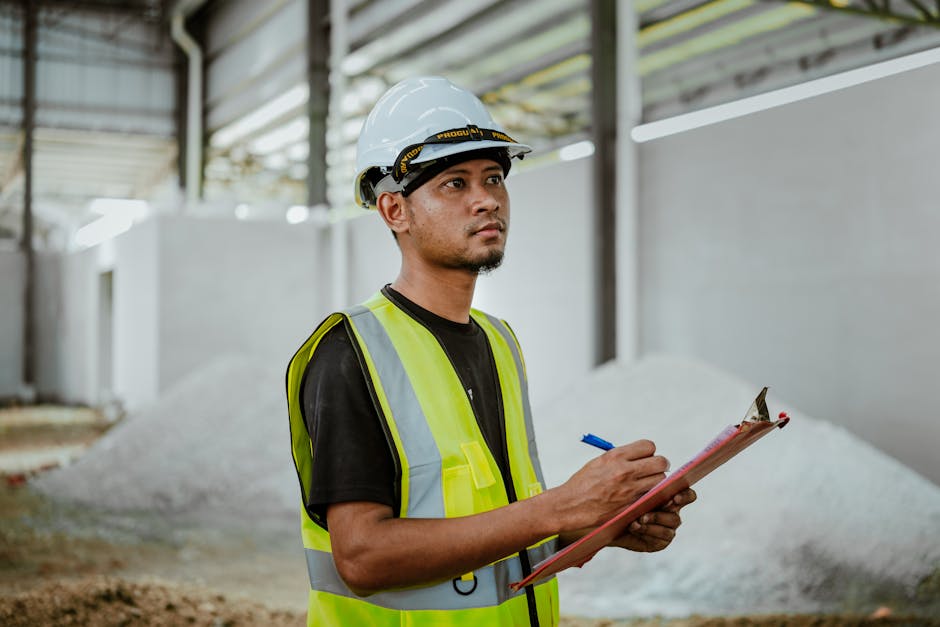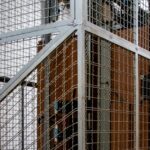As we move into 2025, elevator safety codes are undergoing significant changes that will affect virtually every building owner, developer, and facility operator in the United States—especially those managing commercial, residential high-rise, mixed-use, healthcare, and parking properties. At Kaiser Elevator, we’re working alongside developers, architects, and property managers to help you not just stay compliant, but to actively use these new safety standards as a catalyst for smoother operations, increased tenant satisfaction, and long-term risk reduction.

Why Do the 2025 Elevator Safety Code Updates Matter?
Every few years, ASME and the American National Standards Institute (ANSI), together with local authorities, update safety codes to address new technology, evolving safety risks, and accessibility requirements. In 2025, nationwide code changes are particularly impactful due to:
- Rapid adoption of smart elevator technologies and digital maintenance tools
- Enhanced expectations for safety and uptime in high-traffic settings
- Updates to align with the latest ADA requirements for accessibility
- Emphasis on improved communication, documentation, and energy efficiency
Non-compliance isn’t a trivial matter—it can result in failed inspections, project delays, costly retrofits, fines, and frustrated tenants or end-users. For owners and developers, getting ahead of the changes is practical risk management.
Key Areas Impacted by the 2025 Elevator Code Updates
Let’s break down the main areas the new codes touch—and what it means for you, whether you’re planning a new build or modernizing existing equipment.
1. Enhanced Rider Safety—and the Details Matter
- Advanced door protection systems: New requirements call for more responsive door sensors, reducing the risk of entrapment or injury. Whether in a busy office or healthcare setting, these improvements directly impact safety incidents.
- Reduced door closing speed and force: Strict testing and calibration are now required to minimize risk at entry and exit points. Good for aging populations and families.
- Stricter pit and shaft guarding: Upgraded pit safeguards and more robust counterweight protections are now mandatory, helping to prevent maintenance personnel injury.
2. Emergency Communication Gets a Major Upgrade
- Two-way voice systems: Required in every cab, with some jurisdictions now specifying video-enabled emergency communication to aid those with hearing/speech challenges.
- Battery backup for cab lowering: Code now requires that, in a power outage, passengers can be safely lowered and discharged at the nearest floor.
3. Proactive Maintenance and Record-Keeping
- Mandatory annual inspections: Licensed professionals must now inspect all systems annually, supplementing ongoing monthly/quarterly service.
- Digital maintenance logs: More rigorous, tamper-proof record keeping and audit trails are required to demonstrate compliance during inspections or in the event of an incident.
A digital maintenance history is no longer just a nice-to-have. For larger portfolios and property managers, it’s fast becoming a compliance necessity—and smart building best practice. Learn more about leveraging smart elevator technology to optimize compliance in our recent blog: How Smart Elevator Systems Are Reducing Maintenance Costs and Downtime in Modern Buildings.
4. Accessibility—Where the ADA Gets Even Stronger
- Minimum cab sizes and door widths: Codes now mandate larger cab spaces and wider doors—often at least 36 inches of clear width—to guarantee wheelchair and mobility access in most public and residential settings.
- Improved cab controls and signage: Tactile, lowered controls and auditory/visual floor indicators ensure inclusivity for blind and deaf riders. These are now required, not optional.
5. Load Ratings and System Geometry
- Higher minimum load standards: To protect against overloading and mechanical wear, especially in high-density buildings, minimum capacities have been increased for certain classes of elevators.
- Refined shaft and pit dimensions: Codes now provide more detailed guidance for minimum shaft, pit, and rooftop clearances, making installation planning for compact or custom spaces much less risky.
Local Nuances and the Compliance Maze
It’s critical to realize that although ASME A17.1-2022 provides the foundation for 2025, every major jurisdiction—especially cities like New York, Chicago, and Houston—imposes its own amendments, inspection protocols, and deadline schedules. For instance, the New York City Department of Buildings has specific time frames for modernization deadlines and unique requirements for emergency signage placement.
- Always confirm which version of the code and local amendments apply in your building’s location.
- Involve your elevator partner early to ensure jurisdictional compliance—not just general code compliance.
A Practical Roadmap for Owners and Developers in 2025
Here’s how we at Kaiser Elevator suggest you approach the new code cycle:
- Conduct a Code Audit: Review your current elevator systems against the latest national code and local amendments. Find any shortfalls, required upgrades, and areas of risk. This is where many modernization projects get off track—don’t wait until an official inspection catches a gap.
- Budget for Compliance Proactively: Work with your provider to generate cost estimates for upgrades. Typical sensor/communication upgrades can run from several thousand to tens of thousands per cab, and larger accessibility retrofits can require a more significant investment. Early planning makes it easier to control cash flow and scheduling surprises.
- Modernize Documentation and Maintenance Agreements: Make sure your elevator service agreements include the new maintenance, inspection, and digital record-keeping standards.
- Allow Room for Permitting and Schedule Risks: Start design review early—at least 6-8 months out—to get through DOB review, order lead times, and code-driven change orders before your desired occupancy or re-tenanting date.
- Educate Your Stakeholders: Share the new requirements and your compliance plan with facility managers, tenants, and owners to build support and minimize resistance to any necessary disruptions.

What About Car Stackers and Specialty Lifts?
If you’re a parking operator or developer considering car stacker systems, the new codes have not left this sector untouched. Emergency power, electrical safeguards, and detailed maintenance protocols are more stringent than ever—so consult with a specialist about how your particular stacker model is affected.
Frequently Asked Questions: 2025 Elevator Code Updates
- When do these codes take effect? Most large states and cities are implementing by Q4 2025, but local adoption varies. Check directly with your local building department or city code office.
- Can I phase modernization work? Yes, particularly for buildings with multiple elevators. Prioritize the units with the highest rider traffic or most urgent compliance needs, but all must be completed before enforcement deadlines.
- Do I need digital maintenance logs? Increasingly, yes. Most new code cycles require digital or auditable logs to demonstrate compliance during inspection—eliminating paper-only records.
- How often must elevators be inspected? At a minimum, annual inspections by a licensed professional, with monthly or quarterly preventative maintenance visits strongly recommended to preempt issues (see Kaiser Elevator’s elevator maintenance and servicing process for a detailed breakdown).
Next Steps: How Kaiser Elevator Can Help You Stay Ahead
Whether you manage a bustling commercial office, a high-rise residential building, a healthcare facility, or a car parking structure, navigating this year’s code changes doesn’t have to be confusing or overwhelming. Our team at Kaiser Elevator specializes in code-compliant, value-engineered solutions—carefully matching your building’s needs with local and national requirements, while focusing on lifecycle cost, schedule risk reduction, and an outstanding user experience.
- Comprehensive elevator audits and compliance checks
- Turnkey modernization packages for elevators, escalators, and car stackers—meeting the latest code across NYC and nationwide
- Digital maintenance records and proactive servicing options
- ADA compliance consulting and upgrades
If you’re actively planning for the 2025 code cycle, or simply want to benchmark where your property stands, we invite you to contact us for a consultation, site audit, or modernization quote.
For more on lifecycle cost and compliance in vertical transportation, check out our deeper dive in Key Considerations for Elevator Modernization in Commercial Buildings: Cost, Compliance, and Scheduling.
Staying informed on code updates isn’t just about avoiding penalties—it’s your opportunity to deliver a safer, more reliable, and future-ready building. We’re here to help you make that transition seamless.

